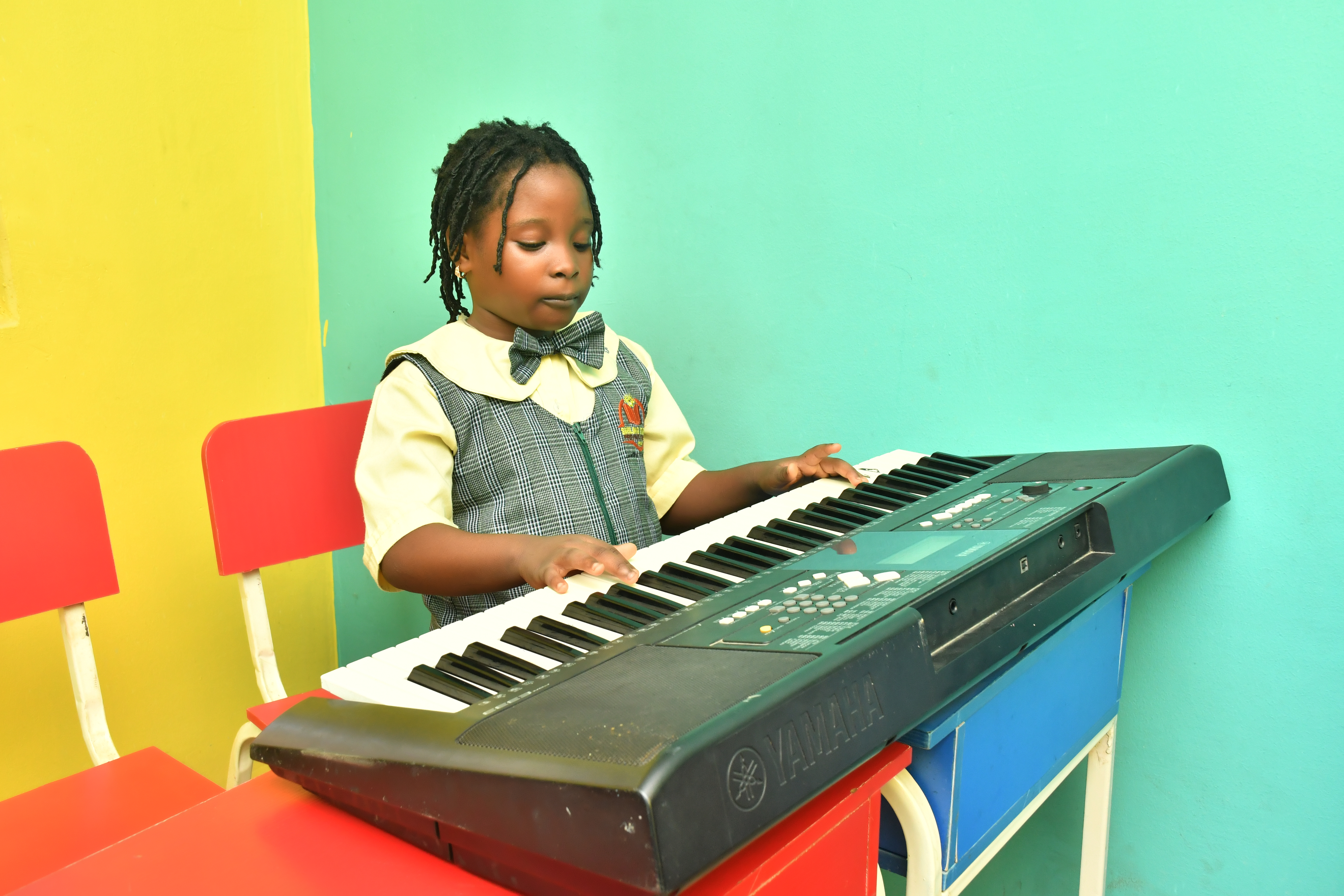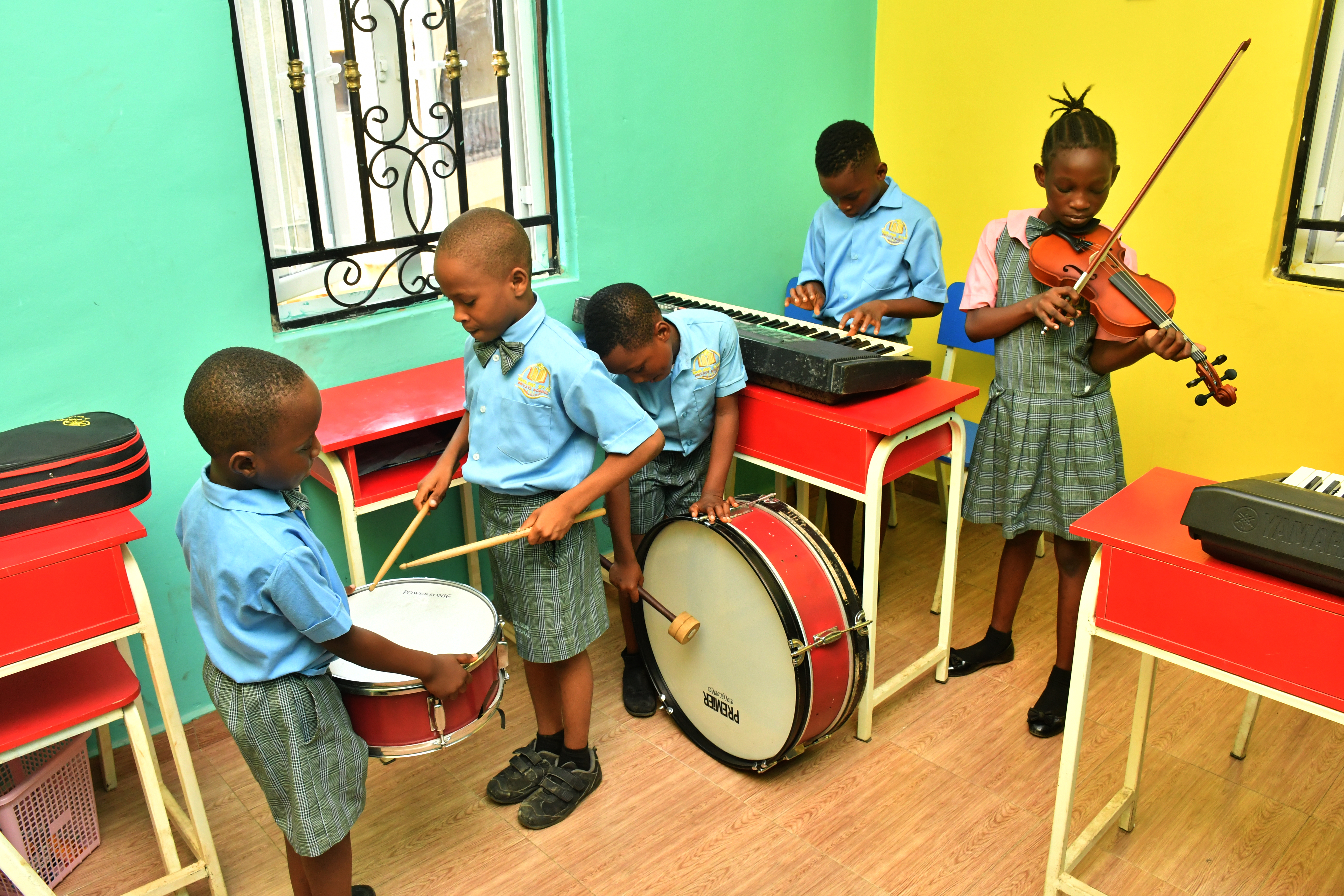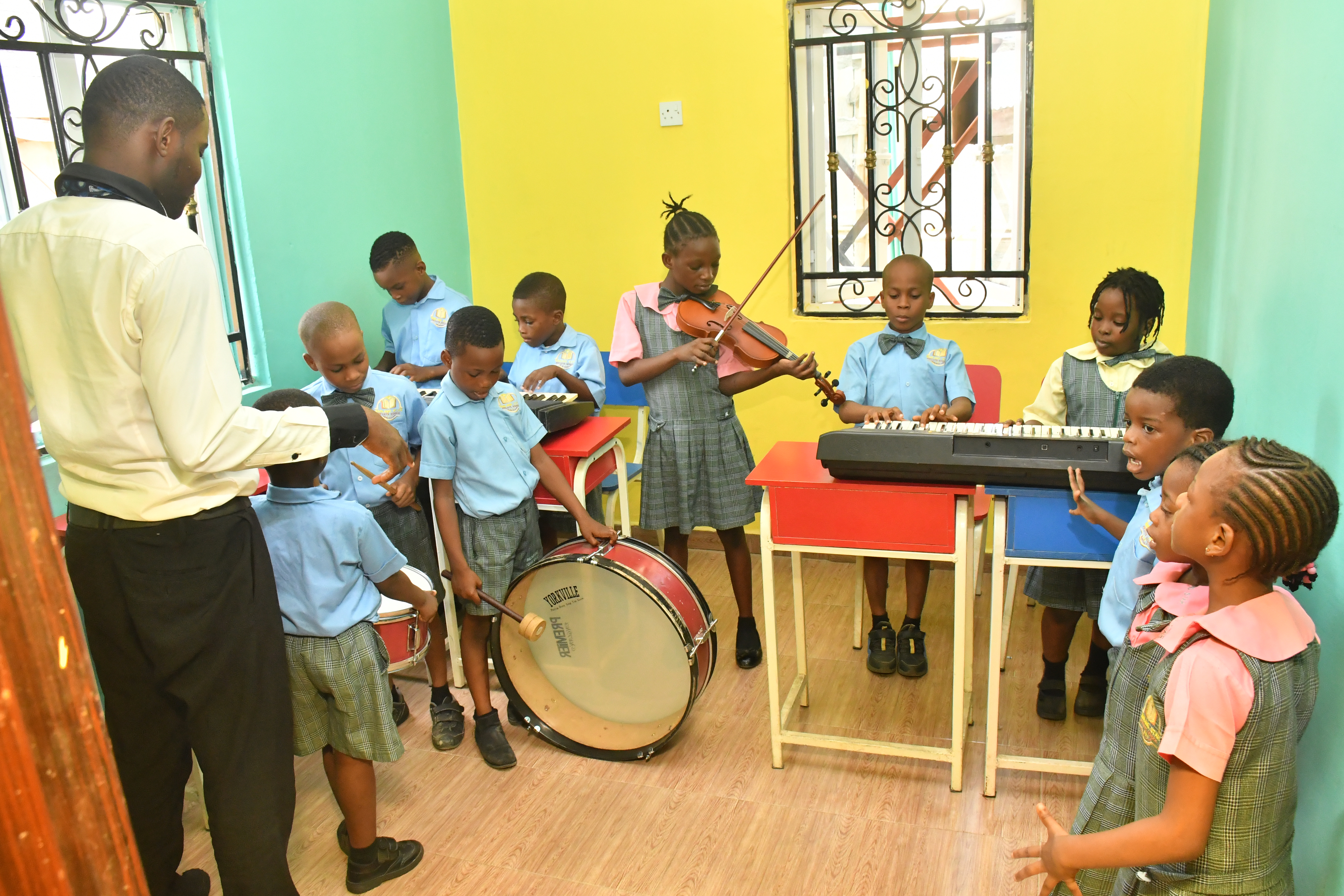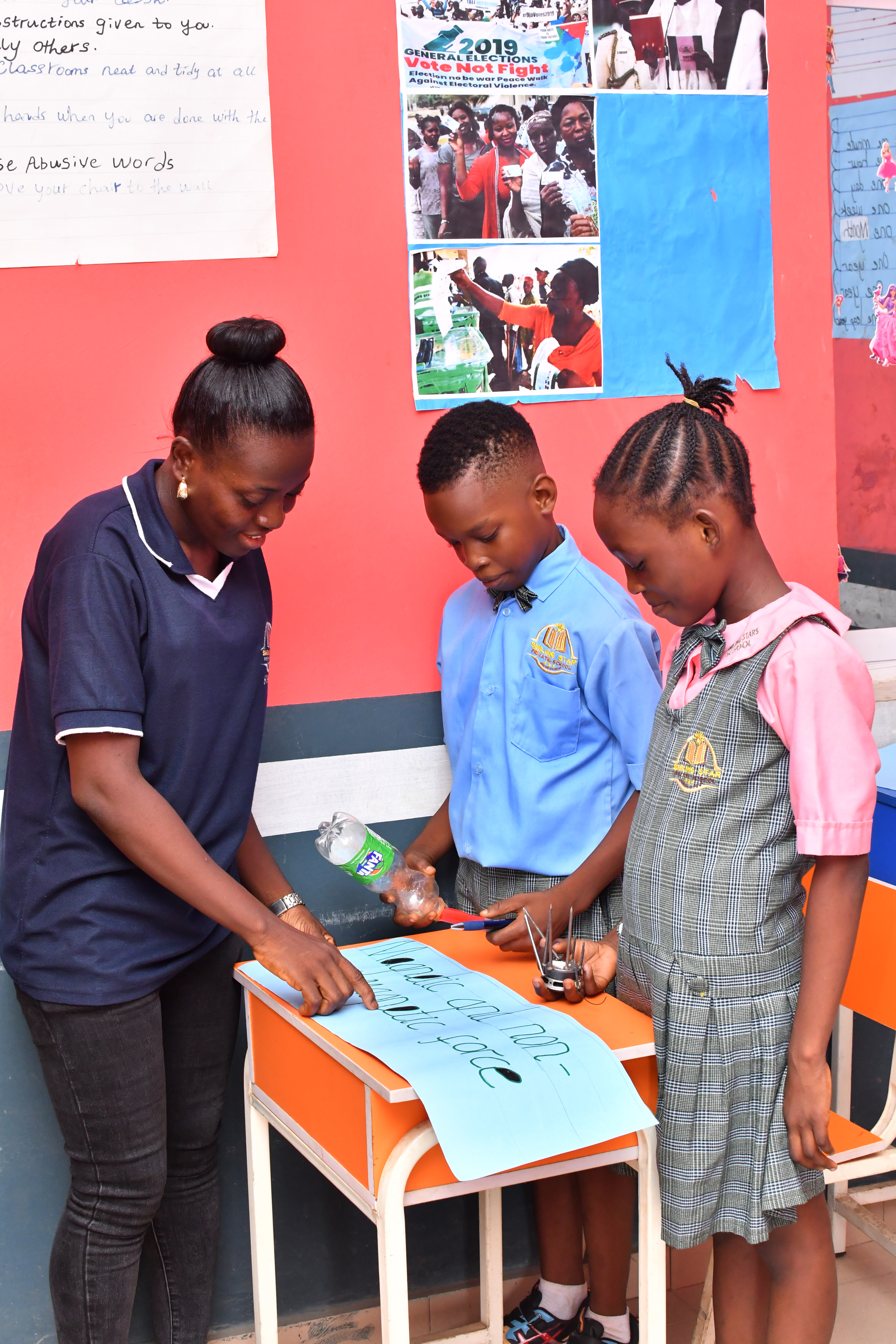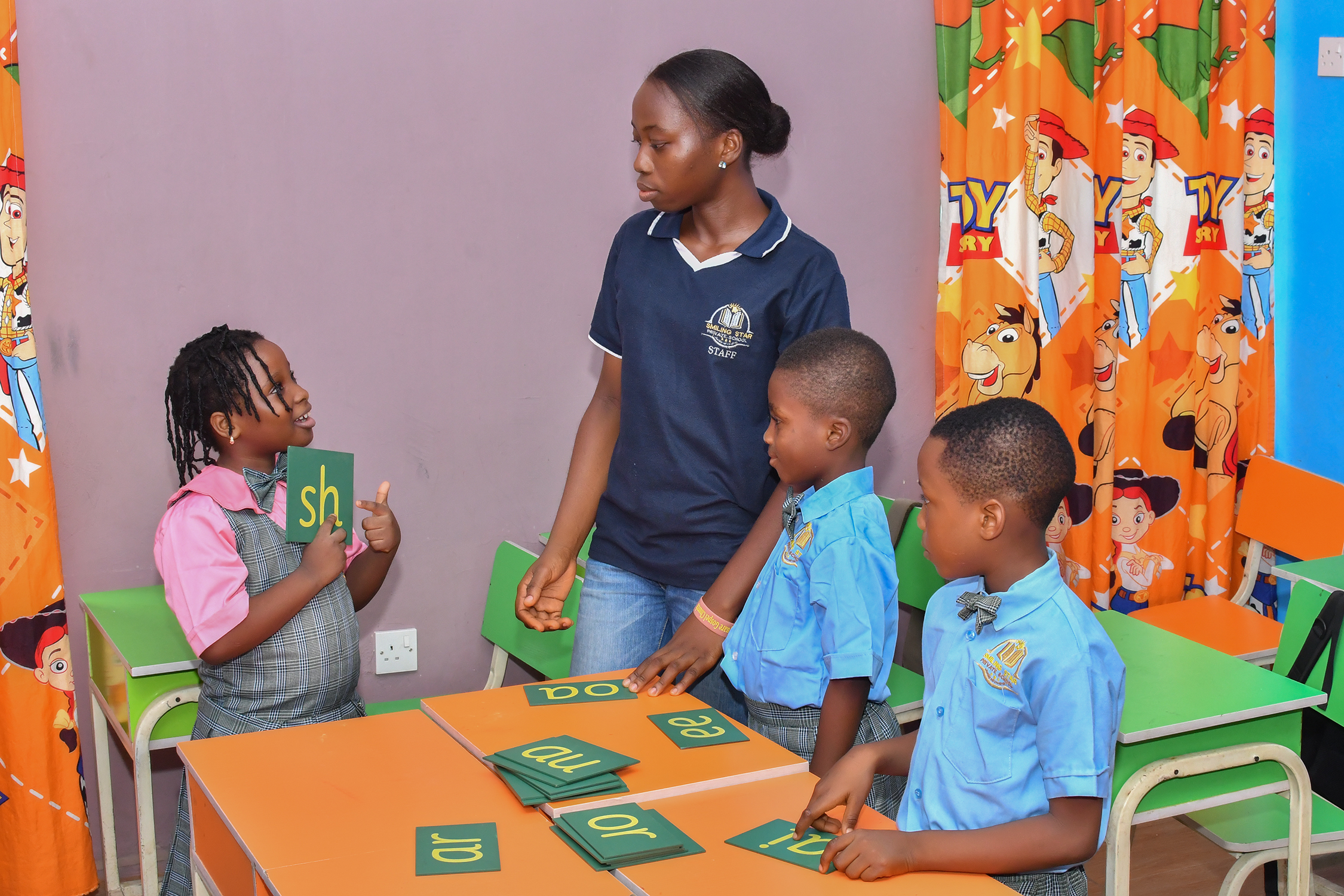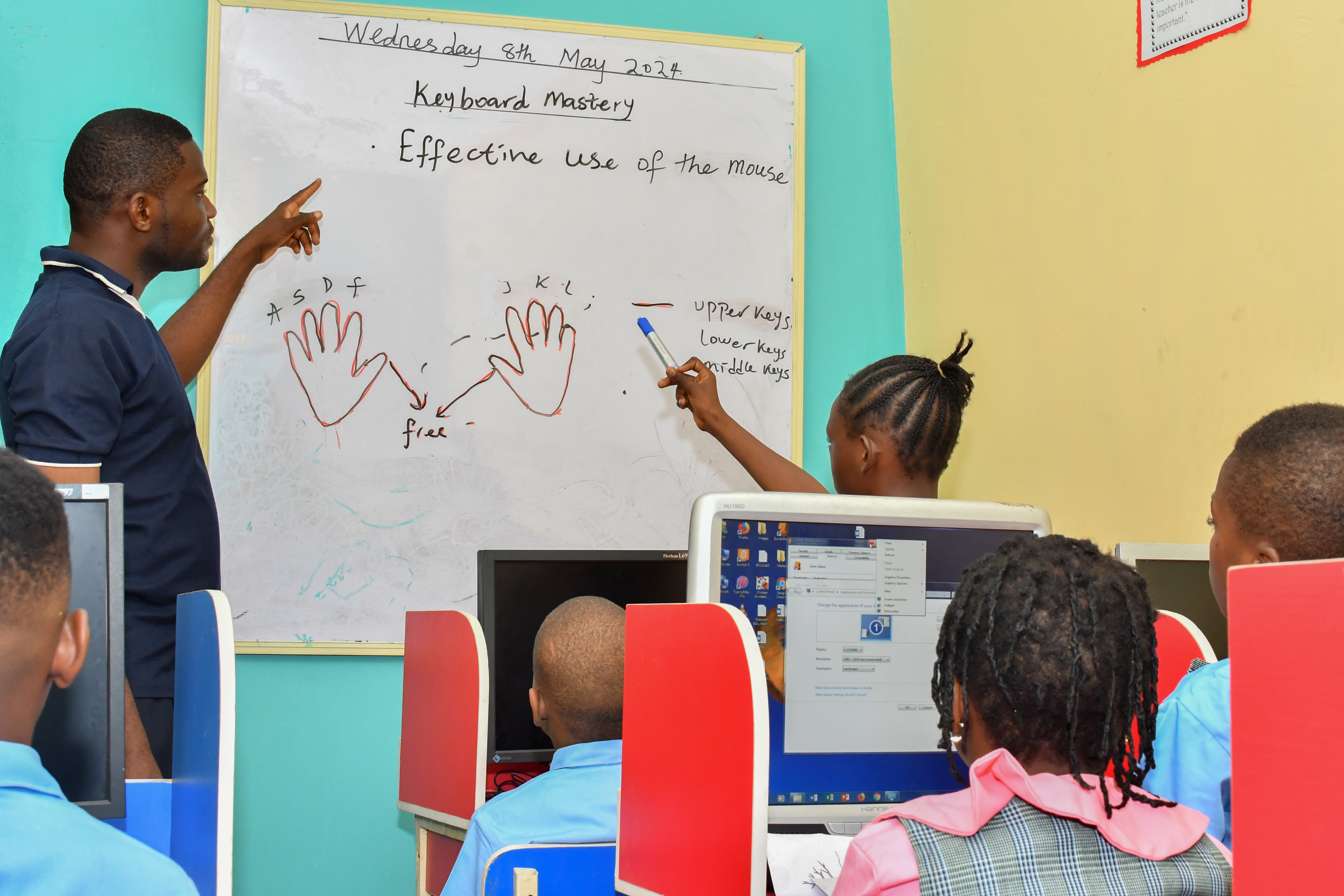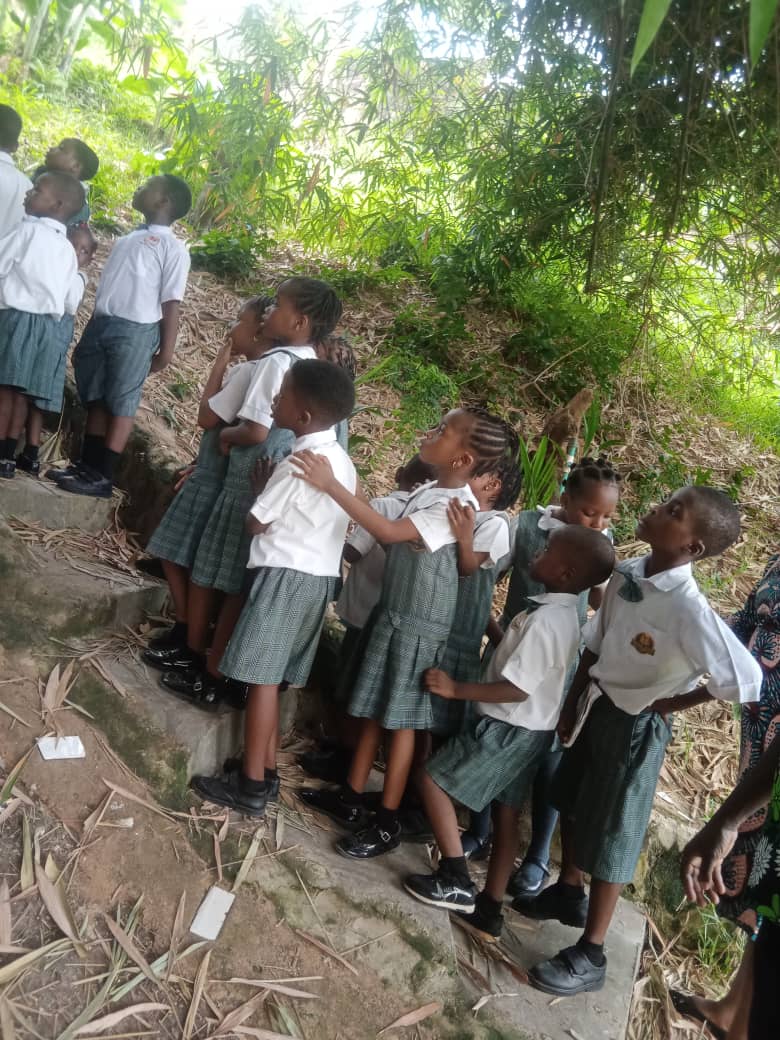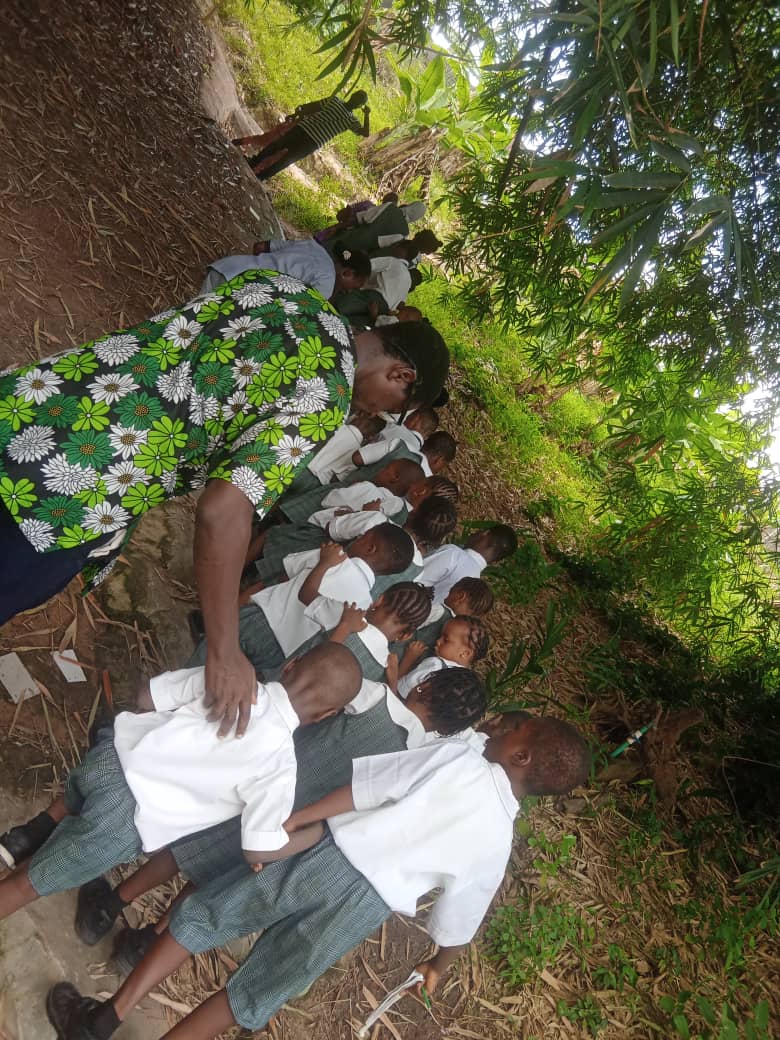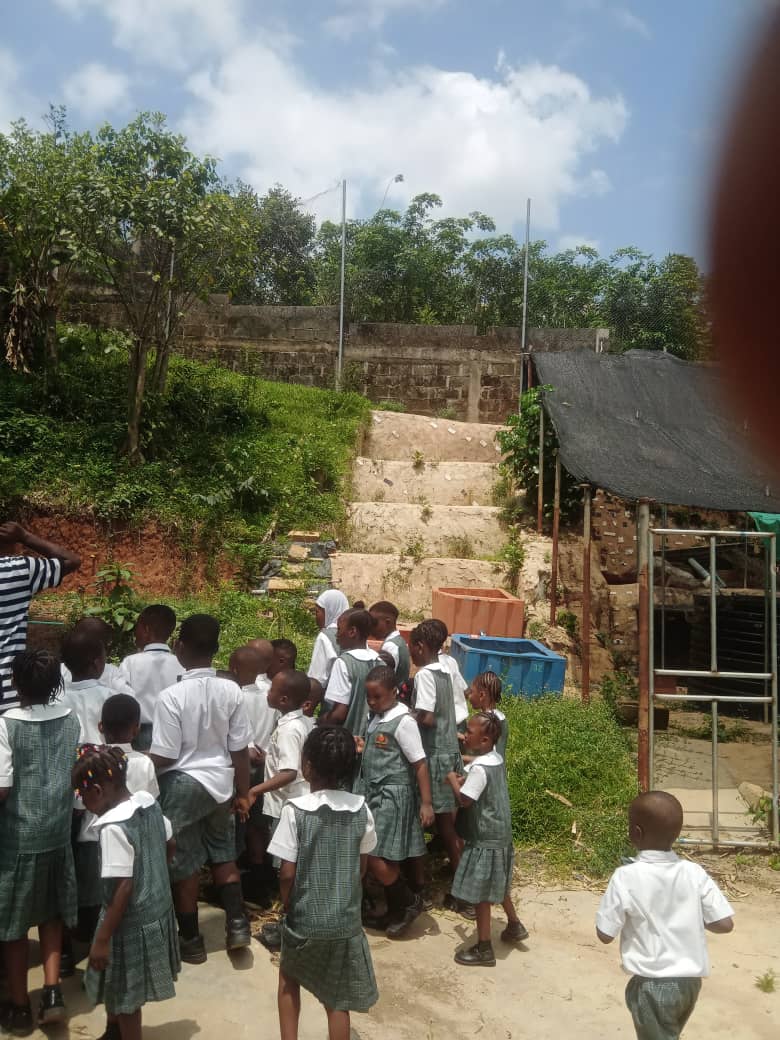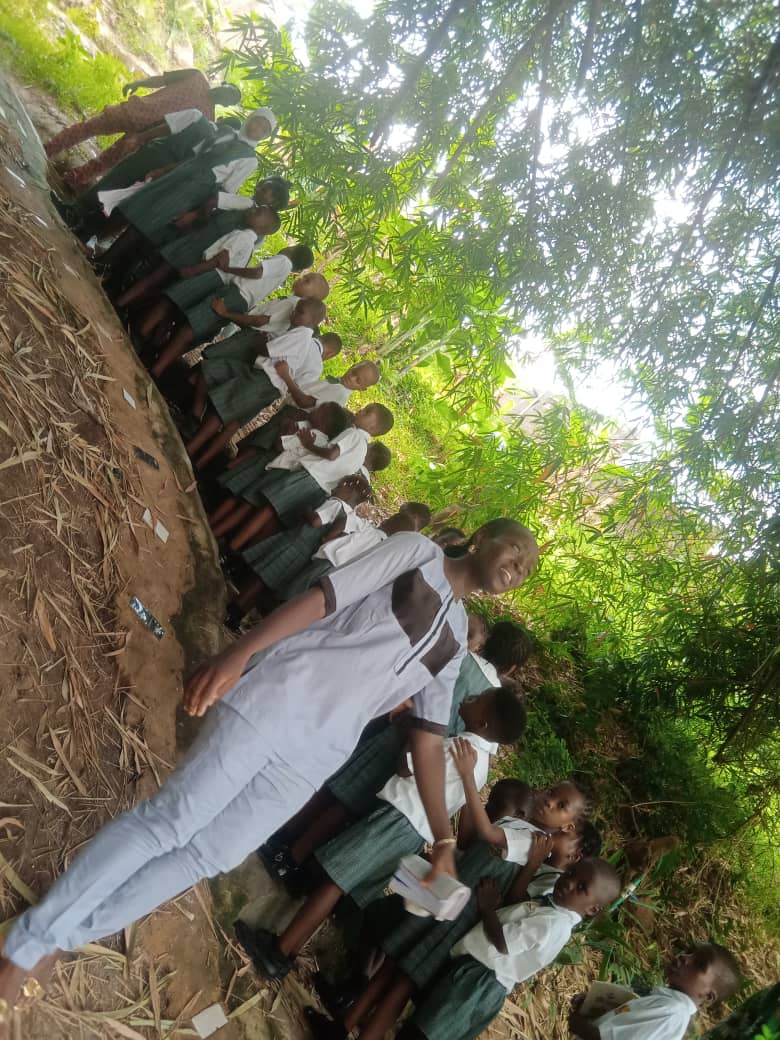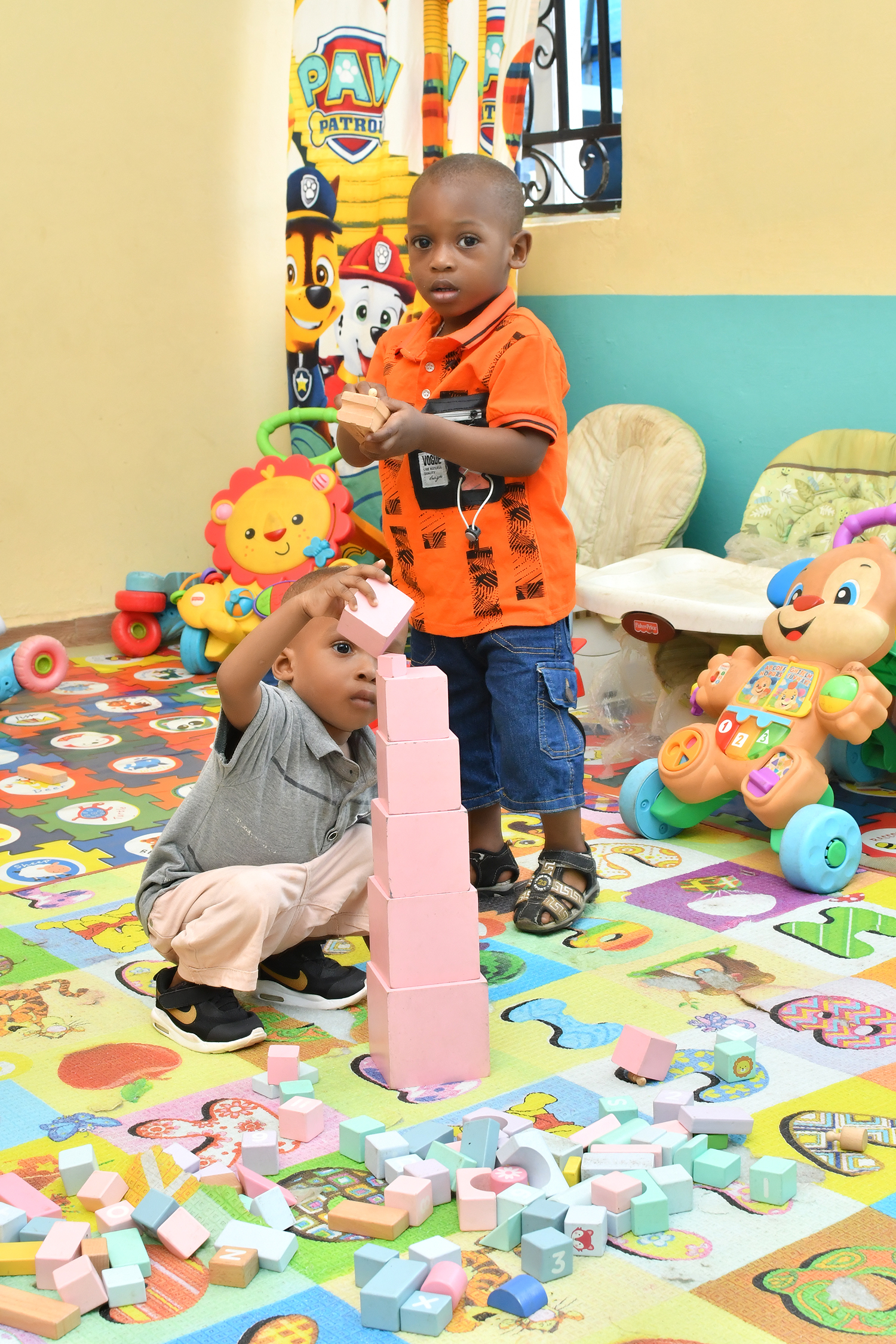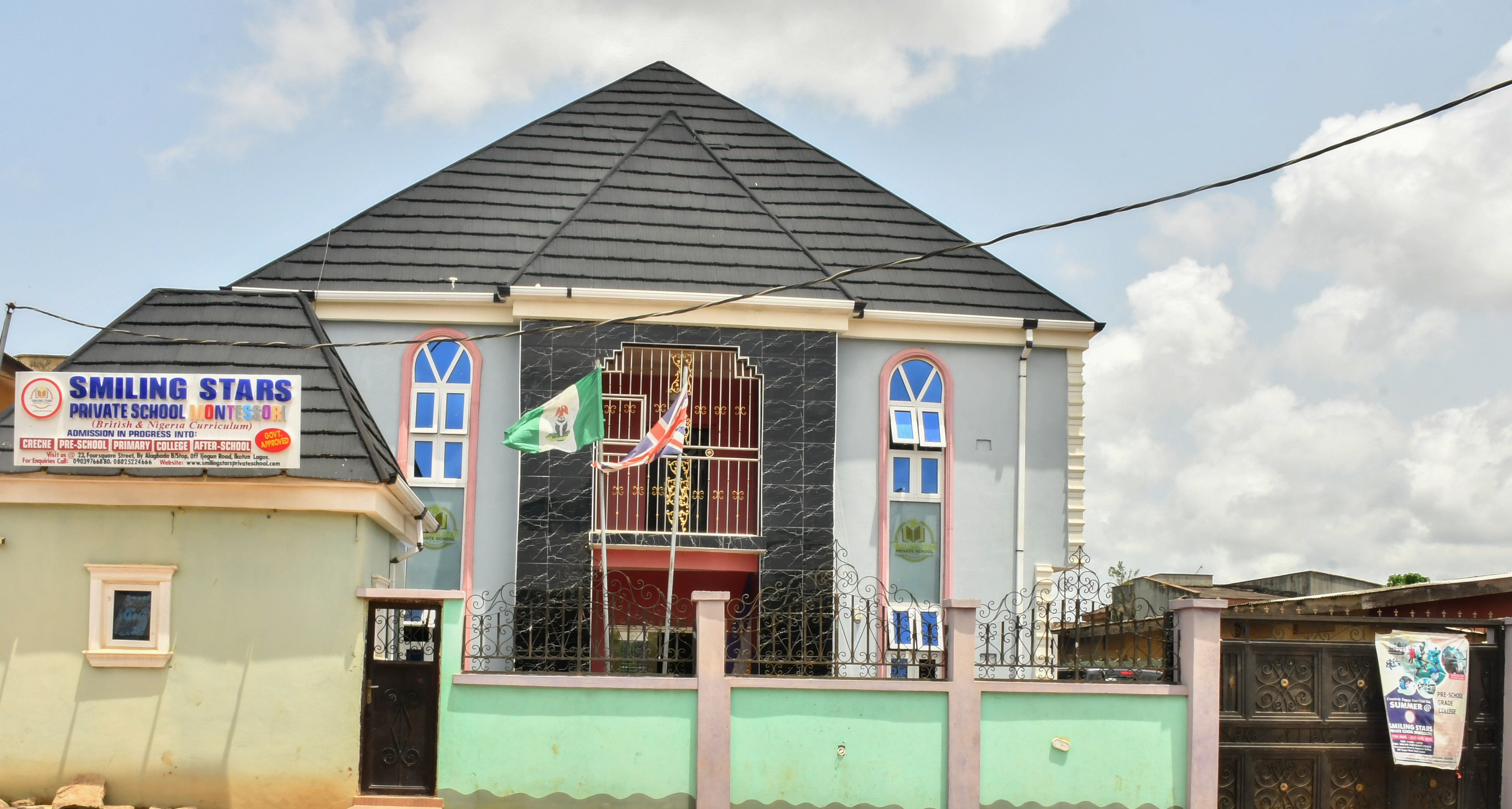| 1. Funding Source |
Primarily tuition fees, donations, endowments. |
Primarily government (state/local) taxes. |
| 2. Class Size |
Typically smaller class sizes. |
Generally larger class sizes. |
| 3. Student-Teacher Ratio |
Lower, allowing for more individualized attention. |
Higher, leading to less individualized attention per student. |
| 4. Curriculum Flexibility |
Greater freedom to design specialized, niche, or advanced curricula. |
Curriculum often standardized by state/national guidelines. |
| 5. Specialized Programs |
More likely to offer unique programs (arts, STEM, IB, etc.). |
Offer broad, general programs to serve diverse needs. |
| 6. Facilities & Resources |
Often boast modern facilities, advanced technology, and ample resources. |
Resources and facilities can vary widely, often limited by budget. |
| 7. Teacher Salaries/Benefits |
Can offer more competitive salaries/benefits, attracting top talent. |
Salaries/benefits often standardized by public sector unions/regulations. |
| 8. Parental Involvement |
Often have higher levels of required or encouraged parental involvement. |
Varies widely, often less structured or mandatory. |
| 9. Community & Culture |
Can foster a distinct school culture and strong, often more homogenous, community. |
Reflects the broader community, leading to diverse but sometimes less cohesive culture. |
| 10. Safety & Discipline |
Often perceived as having stricter discipline and safer environments. |
Discipline can be more bureaucratic; safety varies by location. |
| 11. Admission Process |
Selective admissions based on criteria (academics, interviews, recommendations). |
Open enrollment for residents within a specific geographic zone. |
| 12. Extracurriculars |
Wider range of extracurricular activities, clubs, and sports. |
Offer standard range, but specialized options may be limited. |
| 13. College Preparation |
Often have dedicated resources and a strong focus on college admissions. |
Varies by school; resources may be more general. |
| 14. Religious Affiliation |
Many are religiously affiliated, offering faith-based education. |
Almost exclusively secular; religious instruction is not part of the curriculum. |
| 15. Uniforms |
Common, fostering a sense of identity and reducing distractions. |
Less common, often with dress codes rather than strict uniforms. |
| 16. Teacher Autonomy |
Teachers may have more freedom in teaching methods and content within school philosophy. |
Teachers often adhere to district-mandated curricula and teaching styles. |
| 17. Governance |
Governed by a board of trustees, often with direct input from parents. |
Governed by elected school boards and district administration. |
| 18. Alumni Network |
Can develop strong, supportive alumni networks. |
Alumni networks exist but are often less formal or centralized at the K-12 level. |
| 19. Student Body Homogeneity |
May attract a more socio-economically or academically similar student body. |
Caters to a diverse range of students from various backgrounds. |
| 20. Innovation Adoption |
Potentially quicker to adopt new teaching methods or technologies due to fewer bureaucratic hurdles. |
Adoption of new methods/tech can be slower due to larger system inertia and budget cycles. |





